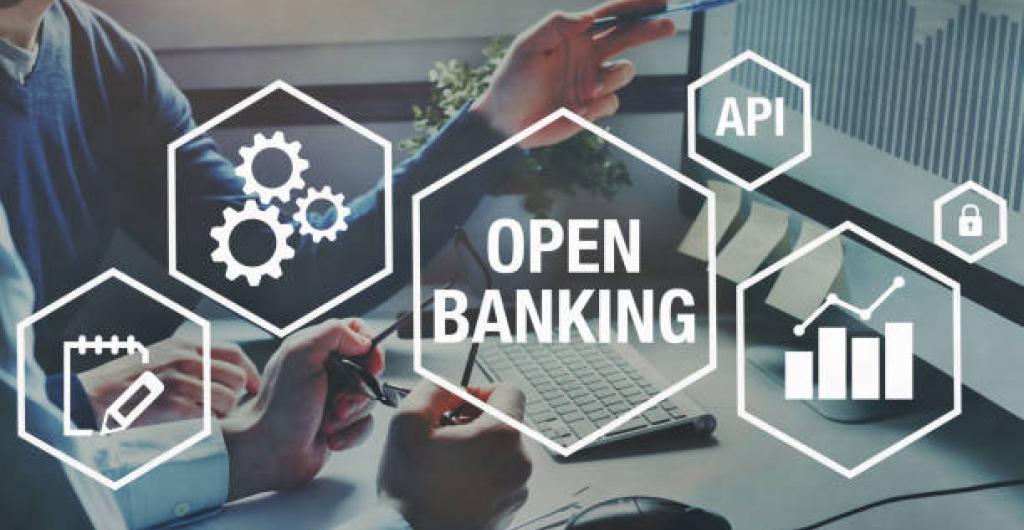In a recent article, my colleagues Mónica Brenes and Rodrigo Taboada described the general aspects of Open Finance [What is Open Finance?], highlighting the prospects of this model and the importance of appropriate regulations. Why has this topic gained increasing importance? What are its benefits?
The value proposition of the open banking scheme and its broader version, known as Open Finance, can be viewed from four important perspectives:
-
- The empowerment, accessibility, and transparency of user data represent the primary element.
- APIs (Application Programming Interfaces) function as the connecting rails of the system.
- Services are offered across different markets and platforms related to the financial system and are interconnected via cloud computing.
- There is a transition from traditional models that keep data in isolated silos to an open and interconnected structure.
These elements drive Open Finance as a true renewal of the financial system, allowing for the provision of more and better services through democratizing access to information. This gives individuals control over their data and the ability to share it to obtain benefits, which favors users, banks, and other participants in these initiatives, such as Fintech companies.
Firstly, users can access innovative financial products and services tailored to their needs, enjoy greater ease and agility in the payment methods they can choose, have tools for managing their finances, and generally benefit from renewed competition among financial entities. Banks, on the other hand, can expand their product and service offerings more personalized and efficiently, enter new market segments, monetize their databases and technological and regulatory infrastructure (banking as a service), and be part of the process of innovation and collaboration with other participants in this ecosystem.
Finally, Fintech companies can leverage the information and infrastructure of banks to offer competitive, agile, and secure financial solutions that complement existing ones, thereby reaching more clients and contributing to generating trust, efficiency, and transparency in the market.
However, Open Finance is not without challenges. From a legal and regulatory perspective, some of the main challenges for implementing an open finance system are:
-
- Data protection: There is a risk of misuse of users’ personal and financial data. Therefore, a robust focus on cybersecurity and privacy is required to protect consumer information.
- Regulatory compliance:Â Entities must adhere to applicable regulations. This applies to existing rules and those defined for this purpose, which can be challenging due to the variability and complexity they may have and the legal, economic, and reputational consequences in case of non-compliance.
- Authorization and access:Â Entities using APIs to access client accounts must obtain prior authorization, which involves a rigorous verification and consent process. These procedures are fundamental to generating trust and security in an open finance ecosystem, thereby stimulating its growth.
- Information security:Â As system interconnectivity increases, so do cybersecurity risks such as unauthorized access and fraud.
- Information management:Â Institutions and companies participating in the open finance ecosystem must ensure the accuracy, quality, and appropriate use of information, as well as its restricted circulation.
- Conflicts with incumbents:Â The implementation of Open Finance can generate tensions with traditional financial entities that may see their market position threatened and may be reluctant to open.
These risks require careful attention and strategic management by authorities and participating entities. Countries that have already implemented an Open Finance scheme or have started the process are addressing the associated legal and regulatory risks in various ways, considering not only their specific legal frameworks but also their own particularities and objectives. Some examples we can cite are:
-
- Data Protection Regulations:Â Implementation and/or updating of data protection laws to ensure the privacy and security of consumer information.
- Consumer Protection:Â Review and strengthening of consumer protection measures to prevent data misuse and promote fair practices.
- Technological Infrastructure:Â Development of robust technological infrastructure to support an open and secure financial ecosystem that allows for the interconnectivity characteristic of Open Finance ecosystems.
- Governance and Standards:Â Definition of the governance of the Open Finance system and design of technological standards to facilitate interoperability and security, as well as monetization.
- Institutional Strengthening:Â Improvement of institutional capacities to supervise and regulate the Open Finance ecosystem.
- Education and Awareness:Â Promotion of financial education and awareness about the rights, responsibilities, and advantages of using open financial services.
- International Collaboration:Â Exchange of best practices and collaboration with foreign associations, entities, and organizations to align regulatory efforts and seek convergence.
Author




